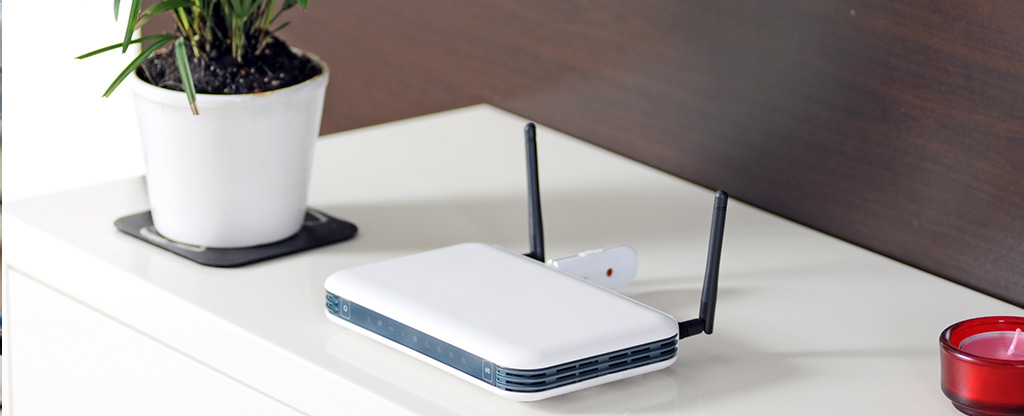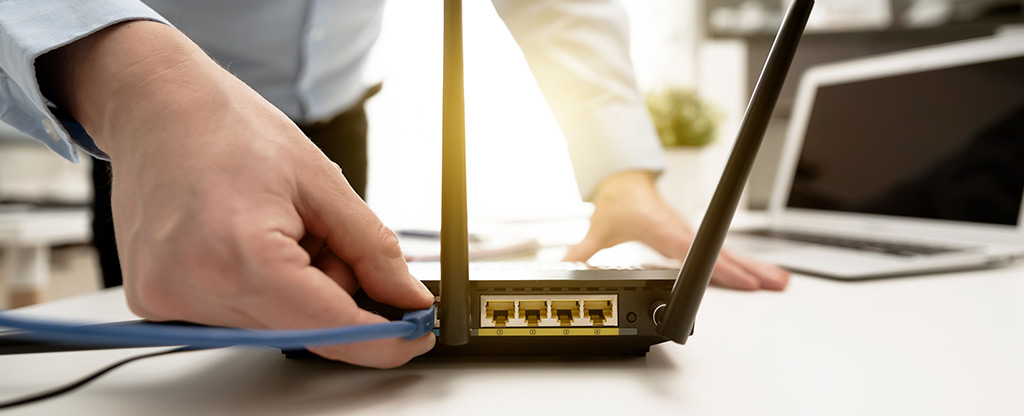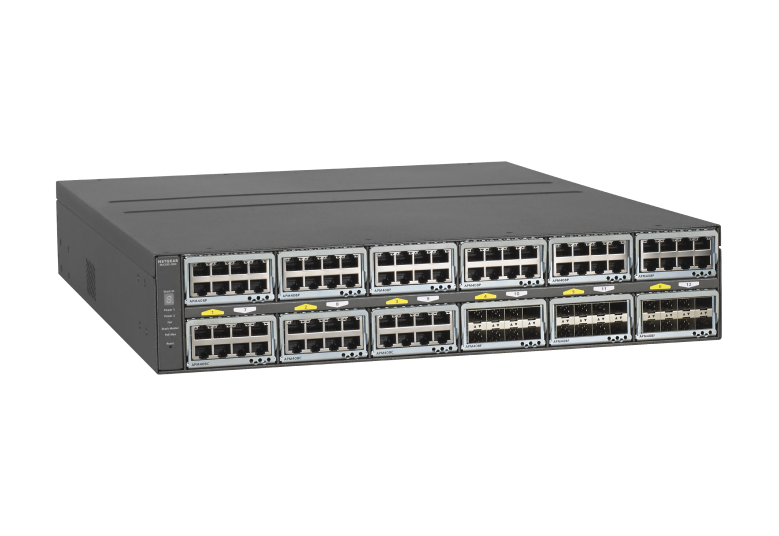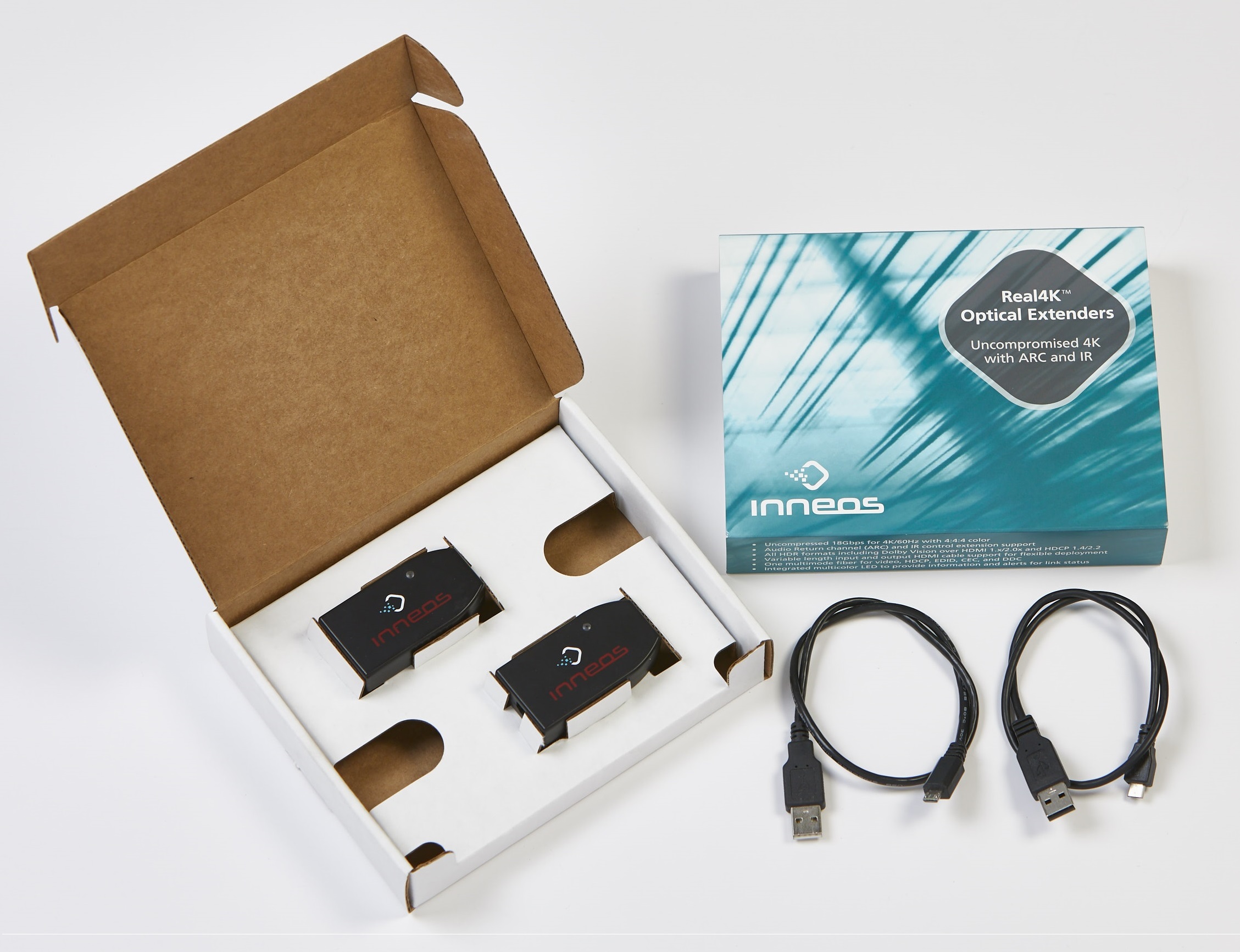Right now, as so many of us are working from home while other family members are surfing the web or watching Netflix, our home networks are getting put to the test like never before. And the fact that we have more network-connected devices than ever before adds to the stress on your system. From phones, video game consoles, computers, and tablets, to cameras, locks, digital assistants, and thermostats – there’s more than we sometimes realize vying for a solid and fast connection. With so many users operating digital devices of entertainment and practicality, your network is bound to become overloaded, creating Wifi dead spots and slow connections. However, it’s also easier than ever before to improve your home network!
1. Ensure your internet connection is solid
Your top priority is to check your internet connection using one of several free speed test tools online; from those results, you can check the FCC guidelines to see if your connection is up to par with what you want to accomplish online. Ideally, you should shoot for higher numbers than what you think you presently use because your future self will be grateful. We recommend 25Mbps or higher.
2. Upgrade your router
Now that you have a strong internet connection, the next step is taking advantage of your speed! But your internet usage may be getting interrupted by frequent buffering and router rebooting; these are signs of an old router, and a sign it’s time for a replacement. We recommend newer routers that support the latest Wifi stands (Wifi 6) for top speed and a high number of users.
3. Upgrade your connections
WiFi 5 and Wifi 6 go hand-in-hand with fresh and quick methods of connecting to the internet via WiFi. If you decided to upgrade your router, adjust your connected devices. We recommend making the switch to 5GHz band when possible to minimize noisy devices like microwaves, cordless phones, and wireless keyboards. It’s possible your devices may automatically switch themselves when they notice the better option.
4. Secure your network and your privacy
Strong security settings should already be enabled on your modern router, meaning your only job is to tweak the network’s name and password to your liking. Remember, your network’s name is visible to whoever is in range of your Wifi network, so we recommend keeping personal information, like family names, out of it. Experts recommend keeping a password simple to remember, but long enough for stronger security. Mixing lowercase and uppercase letters into phrases work well, but once again, we recommend using personal information like birthdays and phone numbers.
5. Update your router
Your network and devices are at their safest and smoothest when they’re frequently updated. Lucky for you, many modern routers automatically check for updates, including performance and security improvements, but it’s best to do a manual check every once in a while. By logging into your router’s admin page, you can ensure your router is running necessary updates, so you and your devices can keep up with the rapidly evolving security landscape.
6. Update your devices
Your devices need regular updates just like your router, from your computer or phone to Amazon Alexa or Google Home. It’s likely they will update automatically, but like your router, it’s wise to check on them occasionally. Not only do regular updates keep your devices running smoothly, but there are often exciting new features that come out with updates, so applying your updates can become something to look forward to!
The average household is seeing a steep uptick in wireless traffic, and you’ll want a speedy Internet connection to keep up! With our six recommendations for home network speed optimization, you’ll have enough bandwidth and speed to handle all you and your family’s internet habits.
If you’re looking for a professional-grade home network – powerful enough to support your daily routines and more – give Xssentials a call today.









